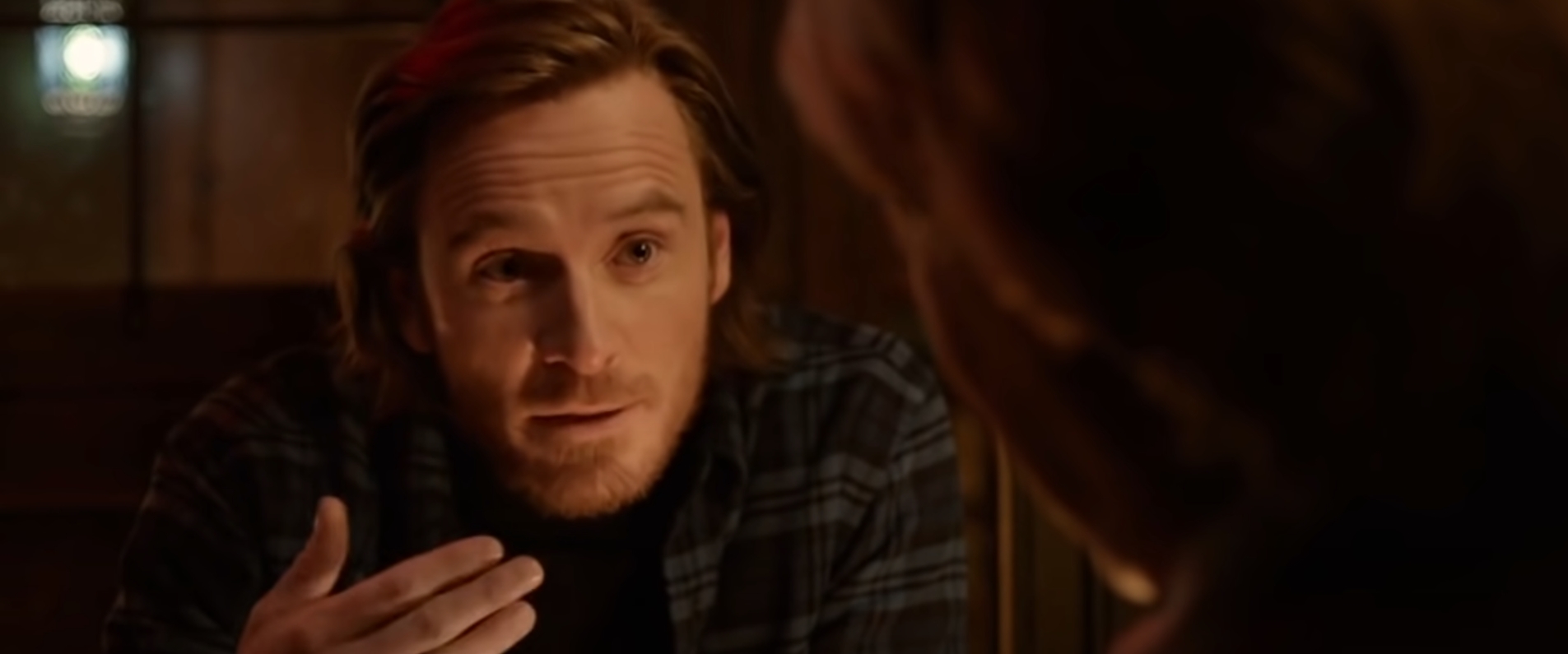
Happy Substack Week.
Why is this celebration called Substack week? Because tomorrow I send out the very first post on my Substack — which I wanted to be a surprise, but I accidentally said the title and topic earlier this week. Whoops. This post will expound on what I’m hoping you get out of the newsletter, what I’m hoping to get out of the newsletter, and what that will mean for the blog. Without further ado…
Supernormal is a newsletter about fun. It’s written by me, Dayten Rose.
A stimulus is called “supernormal” when it exaggerates a natural stimulus. Supernormal responses are bigger than naturally evolved responses. Candy is a supernormal stimulus.
I want to convince you that fun is an aesthetic experience worth talking about. You can think of this newsletter as a sort of culinary review of candy, except we’ll talk about action movies, Twister, magic tricks, horoscopes, and other things that everybody loves but nobody takes seriously
The general argument I want to make with Supernormal is this: distinctions between “high” and “low” culture are arbitrary, the things that most people enjoy are equally worthy of criticsm as things that an enlightened few enjoy, and people who are critical of fun are actually critical of power structures. I’ll be making this case every other week (pending) via medium-length essays (also pending) about ways that people have fun.
My ideal Supernormal post will be something like a more robust, better researched version of my astrology post, the guns in games post, and the Backrooms post. You’ll notice I wasn’t 100% positive about the Backrooms. While I generally prefer to love more things than less things, I do believe that there’s such a thing as bad art. But pop culture deserves to be treated as art. If Citizen Kane is art, so is Die Hard.
While I have ever intention and desire to keep up daily posting, it just doesn’t make sense for me to juggle completely distinct writing projects. It doesn’t fit into my life right now. Although if I had many many adoring Substack subscribers, that could change…
So, you may see more collection posts. I may also use this space to workshop ideas for Supernormal, so as to be efficient with the time I can spend on writing. For example, tomorrow’s post to this blog will be a part of tomorrow’s Supernormal post. That also means if you follow both, then there’ll be a surprise factor.
If you don’t want to see how the sausage gets made… please follow the Substack! I care much more about my success there than here. Or come back every now and again and see what I’ve been posting. But I would appreciate it if I’m not sending this thing out to like, the three people at work who I’ve told about it.
Ultimately, I want to make a strong case for fun, and I want to develop a community that cares about fun. My hobbies have always been embarrassing — I play a lot of video games, I play a lot of D&D, I watch a lot of YouTube video essays, and I watched more Westerns than Oscar nominees in 2022. When the icebreaker question is “What do you do for fun?,” I freeze. But I’ve always had a stubborn streak, and I want to put my foot down. Fun is good. It drives more behavior than we admit.
And I’m going to try and prove it to you. Tomorrow’s post: the cell phone novel.
A party favor, since if you’re reading this you are almost certainly among the 15 people in the world who will have followed Supernormal from day -1: the picture is a sthenometer, a device created to measure “nervous force.” It comes from Paul Joire’s 1916 book Psychical and Supernormal Phenomena. It didn’t work.







